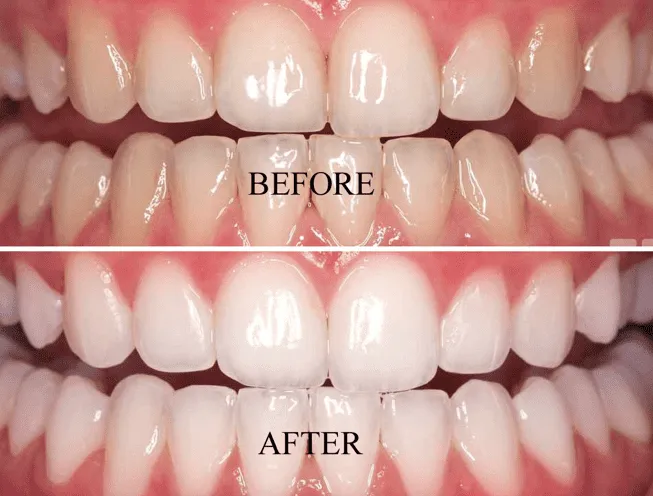What Causes Tooth Sensitivity After Whitening
Tooth sensitivity after whitening is a common but often temporary side effect. Understanding the causes can help you manage and alleviate the discomfort. The primary culprit is the bleaching agents used in whitening products, typically hydrogen peroxide or carbamide peroxide. These agents penetrate the enamel and dentin, the layers beneath the enamel, to break down stains. This process can irritate the nerves within the teeth, leading to increased sensitivity. In addition, existing conditions like receding gums, micro-cracks in the enamel, or previous dental work can make teeth more susceptible to sensitivity. Recognizing these factors is the first step in finding relief.
The Science Behind Whitening Sensitivity
The science behind tooth sensitivity after whitening revolves around the interaction between the whitening agents and the tooth’s structure. Hydrogen peroxide and carbamide peroxide release oxygen molecules that oxidize the stain molecules, lightening the teeth. However, this process can also cause the pores in the enamel to open up, allowing the whitening agents to reach the nerves within the tooth more easily. This can cause a temporary inflammation of the pulp, which houses the nerves and blood vessels. The sensitivity is usually most pronounced immediately after the whitening treatment and gradually decreases as the enamel pores close and the pulp returns to its normal state.
Understanding the Sensitivity Process
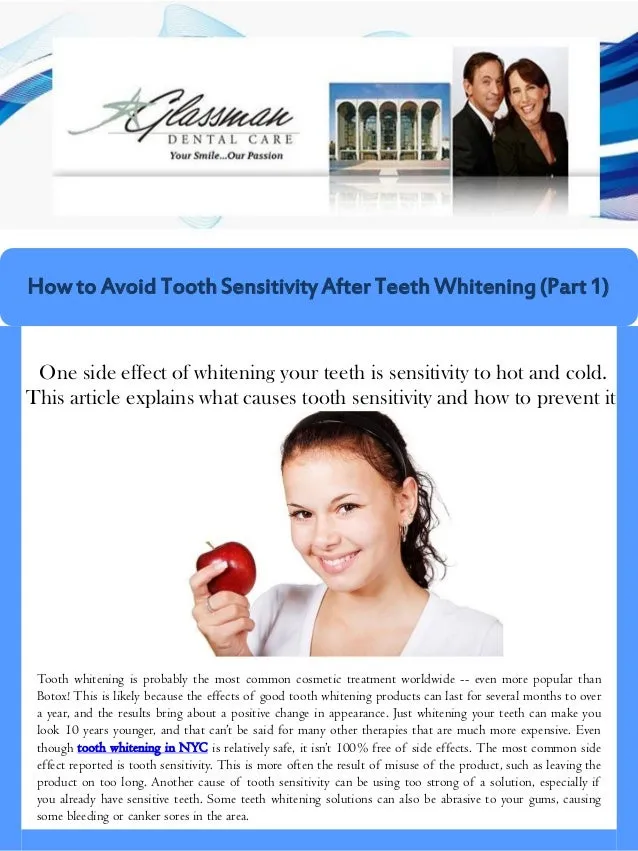
The sensitivity process involves several stages, from the initial application of the whitening agent to the eventual recovery of the teeth. Initially, the whitening agent disrupts the protective layer of the enamel. This allows the agent to penetrate deeper and interact with the dentin. This interaction stimulates the nerve fibers, causing the sensation of pain or discomfort. The intensity of the sensitivity varies depending on the concentration of the whitening agent, the duration of the treatment, and the individual’s oral health. Generally, sensitivity peaks within a few days after the treatment and gradually subsides as the enamel remineralizes and the pulp recovers.
10 Quick Remedies for Tooth Whitening Sensitivity
Use Sensitive Toothpaste
Sensitive toothpastes are specially formulated to provide relief from tooth sensitivity. These toothpastes typically contain ingredients like potassium nitrate or stannous fluoride, which help to block the pathways to the nerves in your teeth. Potassium nitrate works by calming the nerve endings, reducing their sensitivity to stimuli. Stannous fluoride helps to seal the dentin tubules, preventing irritants from reaching the nerves. Switching to a sensitive toothpaste a couple of weeks before whitening can also help. Use the toothpaste twice daily to experience the full benefits. Consistent use can significantly reduce sensitivity and improve your overall comfort.
How Sensitive Toothpaste Works
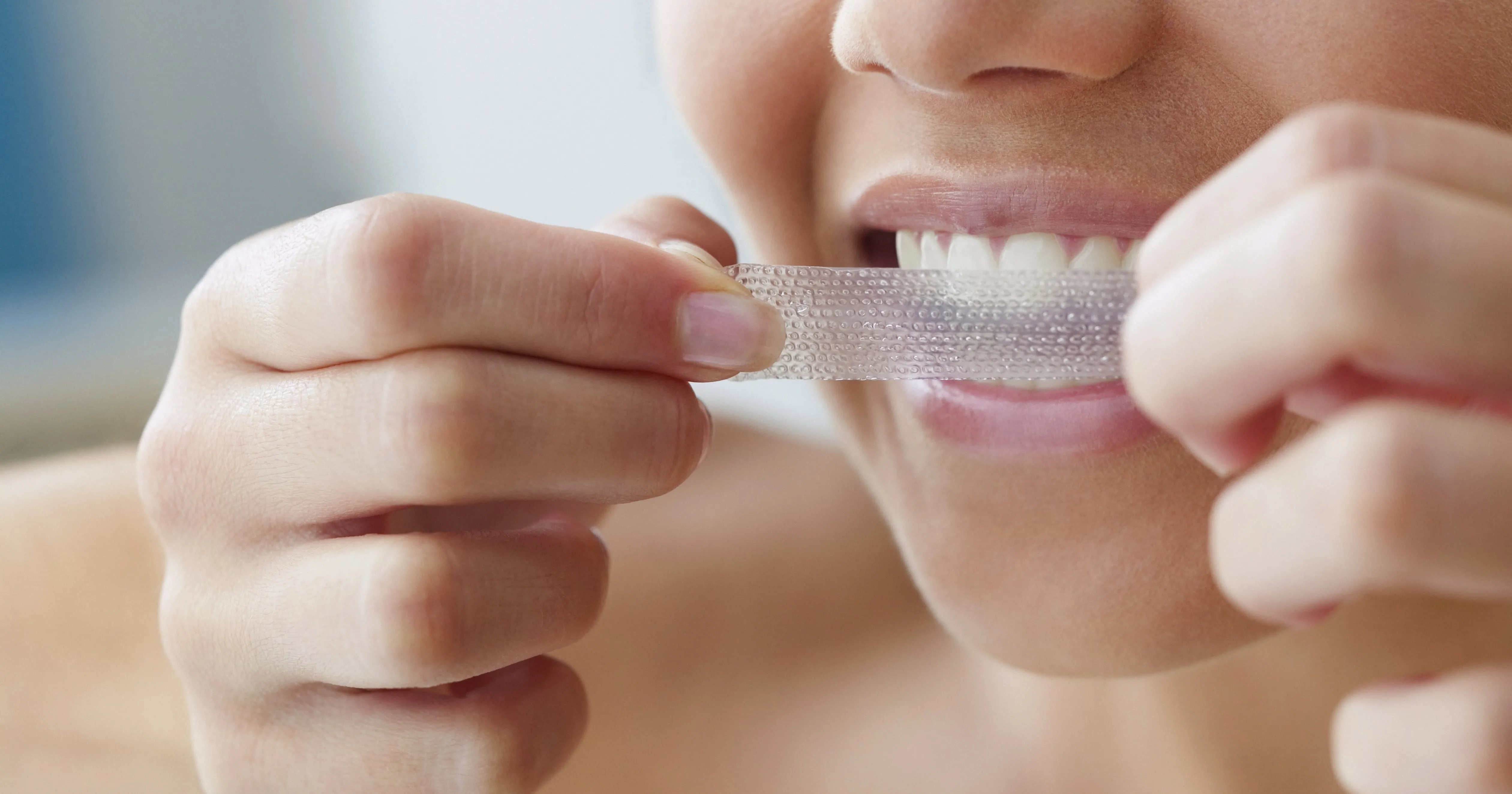
Sensitive toothpastes work by creating a barrier or desensitizing the nerve endings. Potassium nitrate, a common ingredient, penetrates the tooth and calms the nerves, reducing their ability to transmit pain signals. Stannous fluoride, on the other hand, helps to block the tiny tubes (dentin tubules) that lead to the nerve center of the tooth. By blocking these tubules, the toothpaste prevents irritants, such as hot or cold temperatures, from reaching the nerves. The regular use of sensitive toothpaste can provide long-term relief from sensitivity and protect your teeth.
Applying Fluoride Treatments
Fluoride is a mineral that strengthens tooth enamel, making it more resistant to sensitivity. Fluoride treatments, whether applied by a dentist or used at home, can help remineralize the enamel and reduce discomfort. Professional fluoride treatments, often provided in the form of gels or varnishes, are highly concentrated and can provide immediate relief. Over-the-counter fluoride products, such as mouth rinses or toothpastes, offer a more gradual approach to strengthening the enamel. Using fluoride treatments before and after whitening can help to minimize sensitivity and improve the overall health of your teeth.
Types of Fluoride Treatments
There are various types of fluoride treatments available to combat tooth sensitivity. Professional treatments typically include fluoride varnishes and gels applied by a dentist. These provide a higher concentration of fluoride for more immediate results. Home-use products include fluoride toothpastes, mouth rinses, and gels. These products contain lower concentrations of fluoride and are designed for daily use to maintain enamel strength. It’s important to consult with your dentist to determine the best type of fluoride treatment for your specific needs, considering the level of sensitivity and your overall oral health.
Using a Soft-Bristled Toothbrush
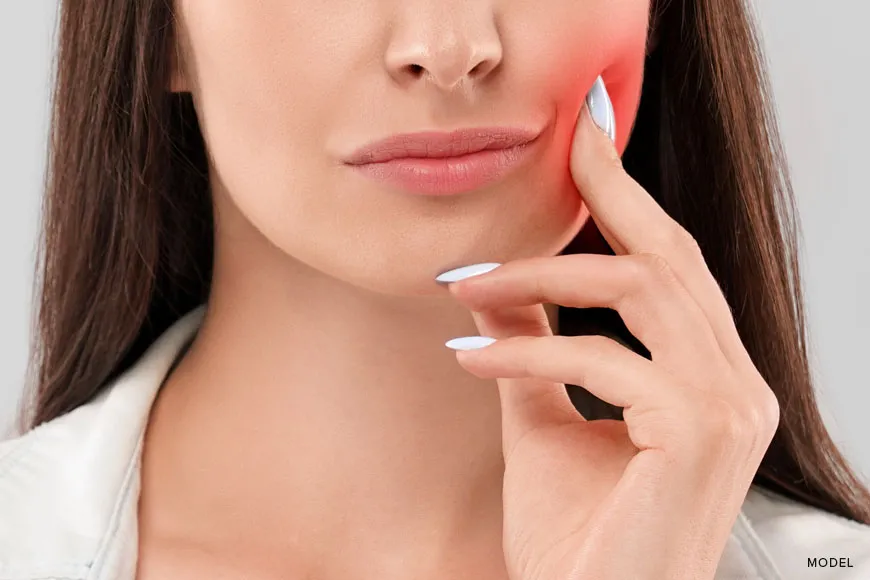
A soft-bristled toothbrush is gentler on sensitive teeth and gums. Hard bristles can irritate the gums and wear down the enamel, exacerbating sensitivity. A soft-bristled brush allows you to clean your teeth effectively without causing unnecessary friction or abrasion. When brushing, use gentle, circular motions instead of harsh scrubbing. This technique ensures you clean your teeth thoroughly while minimizing the risk of enamel erosion and gum recession. Regularly replacing your toothbrush every three months, or sooner if the bristles become frayed, is essential for maintaining optimal oral hygiene.
Why Soft Brushes Help
Soft-bristled toothbrushes are designed to reduce the mechanical stress on sensitive teeth and gums. Unlike hard-bristled brushes, which can aggressively remove plaque and bacteria, soft bristles are less likely to cause damage. This gentleness is particularly important after teeth whitening, when the enamel may be temporarily more porous. By using a soft brush, you minimize the risk of damaging the enamel or irritating the gums, which could worsen sensitivity. Moreover, soft brushes encourage you to adopt a more gentle and effective brushing technique, promoting better oral health overall.
Avoiding Acidic Foods and Drinks
Acidic foods and drinks can erode tooth enamel, making teeth more sensitive. During and after teeth whitening, it’s wise to limit your intake of these items. Common culprits include citrus fruits, tomatoes, vinegar-based dressings, carbonated beverages, and fruit juices. The acid in these foods can soften the enamel, making it more vulnerable to sensitivity. If you do consume acidic foods or drinks, rinse your mouth with water immediately afterward to neutralize the acid. Waiting at least 30 minutes before brushing can also help to prevent further enamel erosion. By making smart dietary choices, you can help protect your teeth and reduce sensitivity.
Foods to Avoid and Why
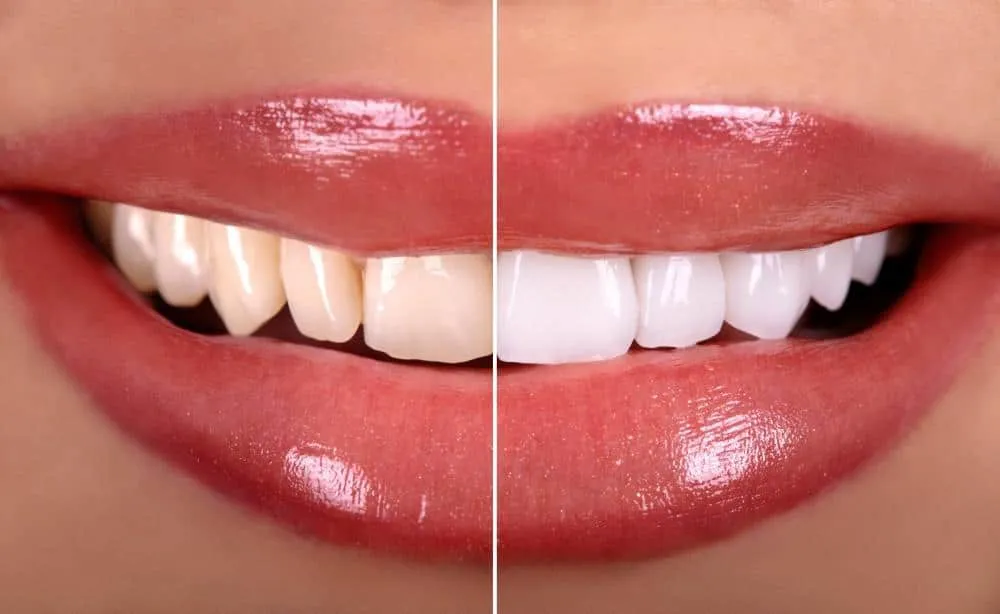
Several foods and drinks are best avoided if you have sensitive teeth, especially after whitening. High-acid foods, such as citrus fruits (lemons, oranges, grapefruits), tomatoes, and pickles, can irritate the teeth. Sugary foods and drinks, including candy, soda, and fruit juices, promote the formation of plaque and acid, increasing sensitivity. Sticky foods, like caramels and toffees, can cling to the teeth and prolong exposure to sugar. When teeth are sensitive, focus on a balanced diet that includes calcium-rich foods (dairy products, leafy greens) and other foods that support dental health. This will help protect your teeth from further damage.
Rinsing with Salt Water
Rinsing your mouth with salt water is a simple yet effective home remedy for tooth sensitivity. Salt water has natural antiseptic properties and can help reduce inflammation and soothe irritated gums. It can also help to draw out excess fluid from the tissues, reducing swelling and pain. The salt helps create a more alkaline environment in the mouth, which can neutralize acids and promote remineralization of the enamel. A warm saltwater rinse can provide immediate relief and support the healing process after teeth whitening.
How to Make Salt Water Rinse
Preparing a salt water rinse is easy. Mix about half a teaspoon of salt in a cup of warm water. Stir until the salt dissolves completely. Swish the solution around your mouth for about 30 seconds, ensuring it reaches all areas. Then, spit out the solution without swallowing. Repeat this several times a day, especially after meals or brushing your teeth. Be sure to use warm water, as cold water might trigger sensitivity. Salt water rinses can be a valuable addition to your oral hygiene routine, providing a simple and effective way to alleviate tooth sensitivity.
Applying Clove Oil
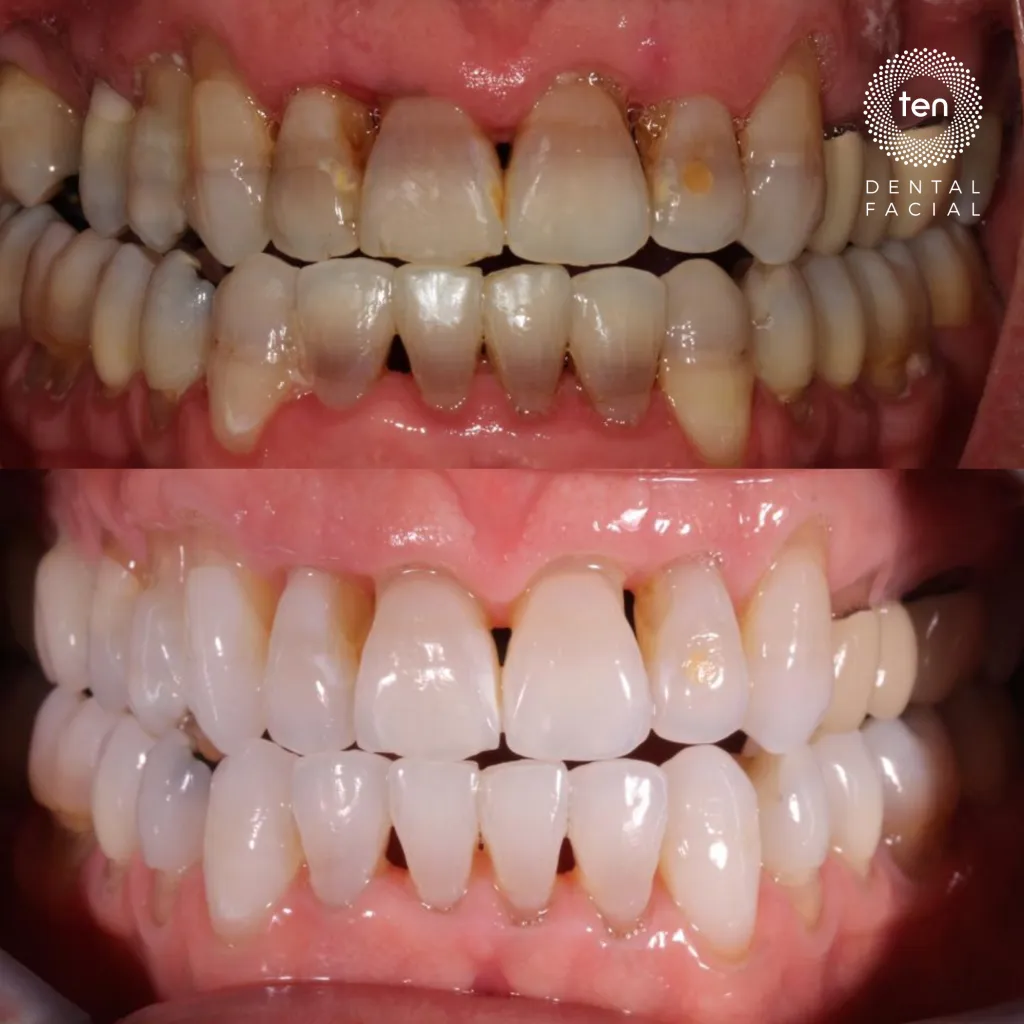
Clove oil is a natural remedy known for its pain-relieving and anti-inflammatory properties. It contains eugenol, a compound that acts as a local anesthetic and can help numb the nerves in the teeth, providing quick relief from sensitivity. To use clove oil, apply a small amount directly to the sensitive area using a cotton swab. Avoid getting the oil on your gums, as it can cause irritation if used excessively. You can also dilute the clove oil with a carrier oil, such as olive oil, to reduce its potency. Clove oil is a time-tested remedy offering comfort from tooth sensitivity after whitening.
Benefits of Clove Oil
Clove oil offers several benefits for managing tooth sensitivity. Its primary advantage is its analgesic effect, which quickly numbs the pain. The eugenol in clove oil acts as a natural anesthetic, blocking pain signals and reducing discomfort. In addition to its pain-relieving properties, clove oil also has anti-inflammatory and antibacterial effects, helping to reduce swelling and fight infections. It is easy to apply and provides a natural alternative to over-the-counter pain relievers. Always use clove oil with caution and follow the recommended guidelines to avoid any potential side effects.
Using Over-the-Counter Pain Relievers
Over-the-counter (OTC) pain relievers can provide temporary relief from tooth sensitivity. Analgesics, such as ibuprofen (Advil, Motrin) and acetaminophen (Tylenol), are commonly used to manage pain. Ibuprofen has anti-inflammatory properties, which can help reduce swelling and pain, while acetaminophen primarily works to relieve pain. Follow the recommended dosage instructions on the product label and avoid exceeding the maximum daily dose. Consult with your doctor or dentist if your sensitivity persists or worsens despite using OTC pain relievers. OTC pain relievers can be an effective option, but they are a temporary solution, not a long-term remedy.
Types of Pain Relievers and Dosage
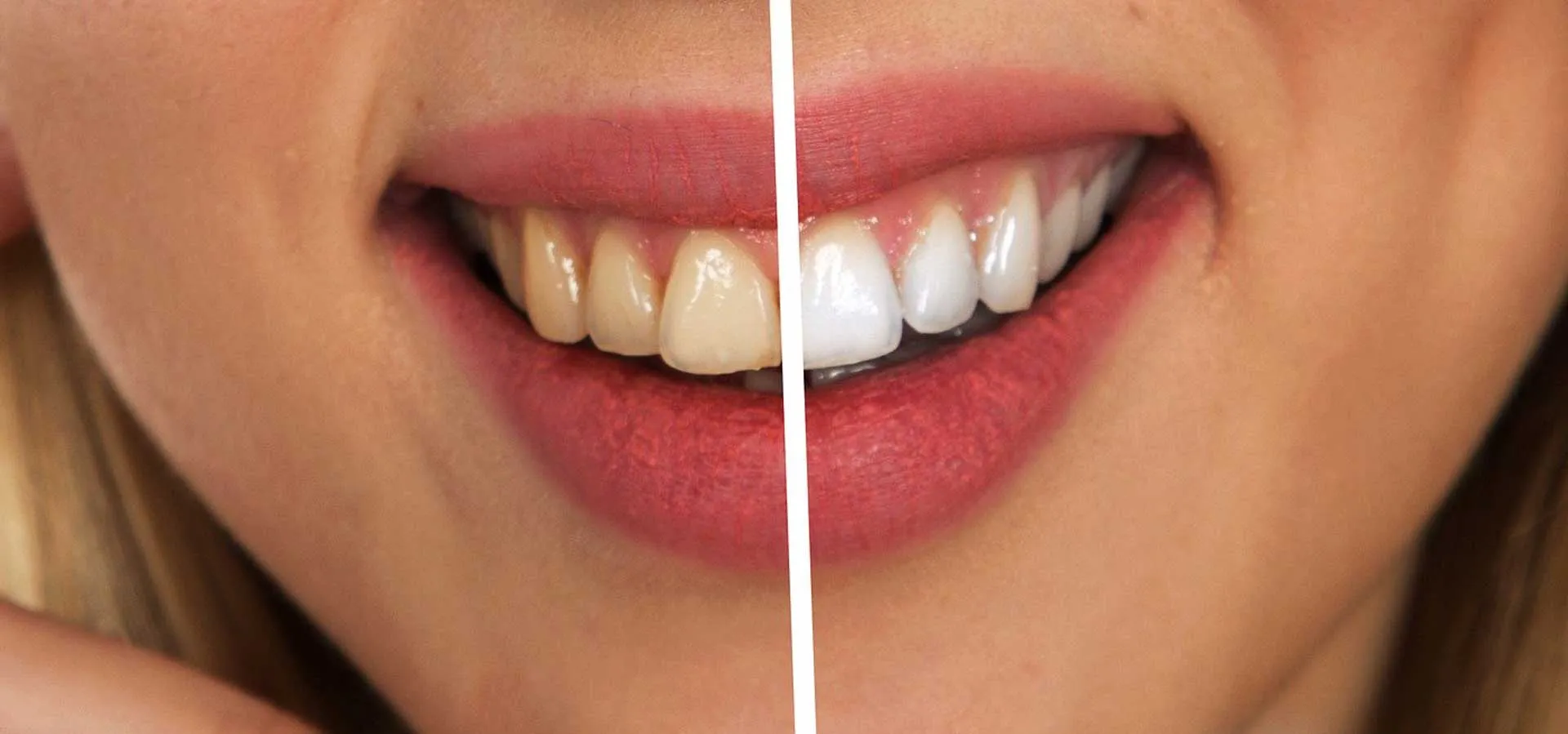
When choosing over-the-counter pain relievers for tooth sensitivity, you have a few options. Ibuprofen (Advil, Motrin) is an anti-inflammatory that can reduce both pain and swelling. Follow the instructions on the package, typically taking 200-400mg every 4-6 hours as needed, with a maximum daily dose of 1200mg. Acetaminophen (Tylenol) is a pain reliever that doesn’t reduce inflammation. The recommended dosage is usually 500-1000mg every 4-6 hours, with a maximum daily dose of 3000mg. Always follow the package directions, and if you have any medical conditions or are taking other medications, consult with a healthcare professional before use.
Using Potassium Nitrate Products
Potassium nitrate is a key ingredient in many sensitive toothpastes and desensitizing products. It works by blocking the tubules in the dentin that lead to the nerve center of the tooth. The potassium ions penetrate the tooth and calm the nerve endings, reducing their sensitivity to stimuli, like hot or cold temperatures. Using toothpaste that contains potassium nitrate can help prevent sensitivity before whitening and manage it afterward. It can also be found in mouth rinses and gels, making it a versatile option. Consistent use of potassium nitrate products can significantly reduce sensitivity and improve your comfort.
How Potassium Nitrate Works
Potassium nitrate works by effectively blocking pain signals transmitted by the nerves in your teeth. The active ingredient, potassium ions, enters the tooth structure and accumulates around the nerve fibers. This reduces the excitability of the nerves, preventing them from sending pain signals to the brain. By desensitizing the nerves, potassium nitrate provides relief from sensitivity caused by whitening, and other factors. Using products with potassium nitrate consistently can lead to a significant reduction in sensitivity, allowing you to enjoy your favorite foods and drinks without discomfort.
Staying Hydrated
Staying hydrated is essential for overall health and can also help reduce tooth sensitivity. Drinking plenty of water helps to maintain saliva production. Saliva is the mouth’s natural defense against tooth sensitivity. It helps to remineralize the enamel, neutralize acids, and wash away food particles. Dehydration can reduce saliva production, increasing sensitivity and making your teeth more vulnerable to damage. Aim to drink at least eight glasses of water a day, and more if you are active or in a hot environment. Staying hydrated supports the health of your teeth and gums, aiding in recovery after whitening.
Why Hydration Matters
Hydration is crucial for oral health, and it plays a key role in managing tooth sensitivity. Adequate water intake promotes saliva production, which is essential for protecting your teeth. Saliva contains minerals that help to remineralize enamel and repair minor damage. It also washes away food particles and neutralizes acids produced by bacteria. Dehydration reduces saliva flow, increasing the risk of sensitivity and dental problems. By staying hydrated, you support your body’s natural defense mechanisms and help to protect your teeth from further irritation. Drinking water also helps to flush out irritants and promote the healing process.
Avoiding Whitening Treatments
If you experience significant sensitivity after teeth whitening, temporarily avoiding further treatments can help your teeth recover. Continuing with whitening can exacerbate the sensitivity, prolonging your discomfort. Give your teeth time to heal and allow the enamel to remineralize before attempting another whitening session. Consult with your dentist about the best approach. They might recommend a waiting period, adjusting the concentration of the whitening agent, or using a different whitening method to minimize sensitivity. Avoiding whitening for a while ensures your teeth can regain their strength and reduces the likelihood of further irritation.
When to Stop Whitening
Deciding when to stop teeth whitening is based on the level of sensitivity you experience. If you have mild sensitivity that subsides quickly, you can often continue with the treatment, but you should reduce the frequency or the duration of the treatment. If the sensitivity becomes severe or lasts for more than a few days, it is essential to stop. Consult your dentist if the sensitivity is persistent or severe. They can assess the situation and suggest changes to the treatment plan, such as using a lower concentration of the whitening agent, or recommend alternative whitening methods that are less likely to cause sensitivity. Your comfort and the health of your teeth should always be the priority.
Consulting Your Dentist
If you experience persistent or severe tooth sensitivity after whitening, consulting your dentist is essential. A dentist can assess the cause of your sensitivity, rule out any underlying dental issues, and recommend the most appropriate treatment. They can provide professional fluoride treatments, adjust your whitening plan, or offer other solutions, like desensitizing agents. Your dentist can also help you identify any risk factors contributing to the sensitivity, such as receding gums or enamel erosion, and advise you on how to prevent further discomfort. Regular dental check-ups are essential for maintaining your oral health and managing tooth sensitivity effectively.
When to Seek Professional Help
Knowing when to seek professional help for tooth sensitivity after whitening is crucial for your oral health. Consult your dentist if your sensitivity is severe, doesn’t improve with home remedies, or lasts for more than a few days. Other signs that require professional attention include pain when biting or chewing, sensitivity to heat or cold that lingers, and any changes in your gums, such as swelling or bleeding. If you experience any of these symptoms, it is important to see your dentist promptly. They can accurately diagnose the underlying problem and provide the best course of treatment, ensuring your teeth and gums stay healthy.
